Cycling is more than just a sport—it's a lifestyle. Whether you're racing, commuting, or training for endurance events, maximizing your performance requires more than just logging miles. Biohacking offers a data-driven, personalized approach to enhance physical output, recovery, and consistency. For cyclists, integrating smart biohacks can mean faster times, better endurance, and fewer setbacks.
This guide presents 15 progressive, actionable biohacking tips tailored specifically for cyclists. Each strategy is designed to help you start fast, stay consistent, and measure results weekly—so you can see real progress and make informed adjustments.
Your RHR is a powerful indicator of recovery and cardiovascular fitness. Use a wearable device to monitor it each morning. A consistent drop over weeks suggests improved aerobic efficiency. Sudden spikes may signal overtraining or illness—adjust training accordingly.
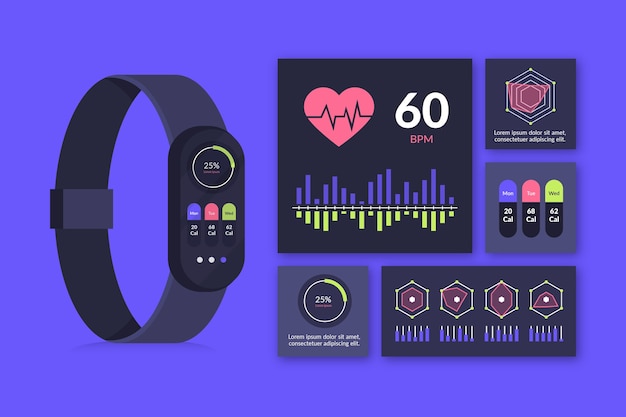
Sleep is your body’s prime recovery window. Set your bedroom temperature between 60–67°F (15–19°C) and use blackout curtains. Consider wearing blue-light-blocking glasses 90 minutes before bed to boost melatonin and improve sleep quality.
Cold showers or ice baths (10–15°C for 10–15 minutes) post-ride reduce inflammation and muscle soreness. Aim for 2–3 sessions per week, especially after intense efforts, to accelerate recovery and maintain training consistency.
Zone 2 training builds aerobic base without excessive fatigue. Use a heart rate monitor to stay within 60–70% of your max heart rate during long, steady rides. This improves fat metabolism and endurance—key for long-distance cyclists.
Plain water isn’t enough during long rides. Use electrolyte mixes with sodium, potassium, and magnesium. Weigh yourself before and after rides to estimate fluid loss—each pound lost equals ~16 oz of fluid to replace.
Practice diaphragmatic breathing or box breathing (4-4-4-4) for 5 minutes daily. This reduces stress, improves oxygen utilization, and enhances mental focus—especially useful before races or tough training blocks.
Ditch sugary snacks. Instead, consume complex carbs with a small amount of protein 60–90 minutes before riding (e.g., oatmeal with almond butter). This provides sustained energy without gastrointestinal distress.
Red light therapy (600–700nm wavelengths) applied to quads and hamstrings post-ride may reduce muscle fatigue and inflammation. Use a handheld device or panel for 10 minutes after intense sessions.

Use a power meter to record watts during key workouts. Calculate your normalized power (NP) weekly to assess training load. Rising NP over time indicates improved fitness, even if average speed doesn’t change.
Try time-restricted eating (e.g., 14:10 or 16:8) to train your body to burn fat efficiently. Schedule fasted, low-intensity rides (Zone 1–2) in the morning to enhance fat oxidation—crucial for endurance events.
Get a comprehensive blood panel yearly to check iron, vitamin D, testosterone, and inflammation markers. Address deficiencies early—low ferritin, for example, can impair oxygen transport and performance.
Reserve caffeine for race days or key training sessions. A dose of 3–6 mg/kg body weight 30–60 minutes before effort can boost alertness and power output. Avoid daily use to maintain sensitivity.
A professional bike fit reduces injury risk and improves power transfer. Use motion-capture systems to assess joint angles and pedal stroke efficiency. Re-evaluate every 12–18 months or after major fitness changes.
Use tools like TrainingPeaks or Strava to track TSS (Training Stress Score) weekly. Aim for progressive overload with a 5–10% increase per week, followed by a recovery week every 3–4 weeks to prevent burnout.
Keep a weekly log of energy levels, mood, sleep quality, and perceived exertion. Correlate this with objective data (power, HR, RHR) to spot trends and fine-tune your approach.
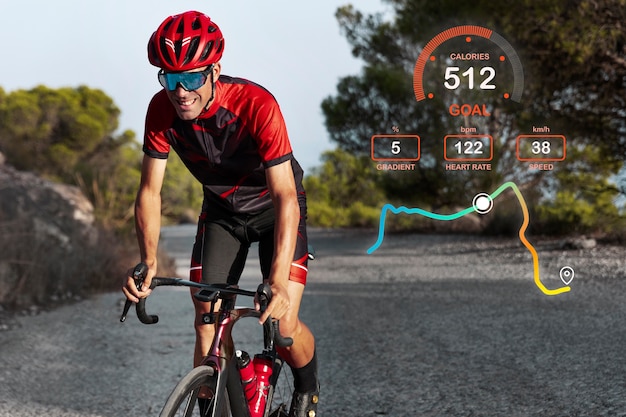
Biohacking isn’t about extreme measures—it’s about making small, evidence-based changes that compound over time. For cyclists, the combination of data tracking, recovery optimization, and nutritional precision can unlock new levels of performance.
Start with 2–3 biohacks that align with your goals, track results weekly, and build from there. Consistency beats intensity in the long run. With the right tools and mindset, you’ll not only ride faster—you’ll ride smarter.

Fitness

Fitness

Fitness

Fitness

Fitness
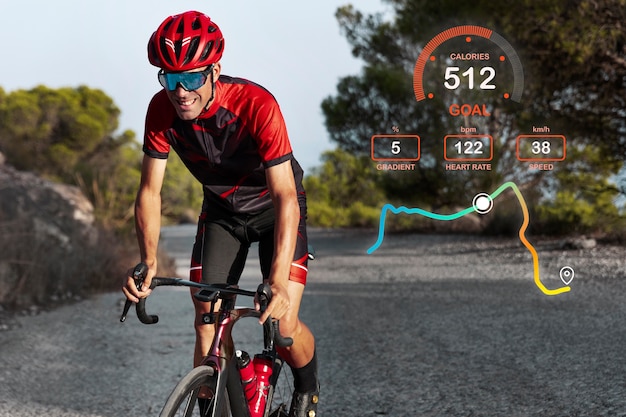
Fitness

Fitness
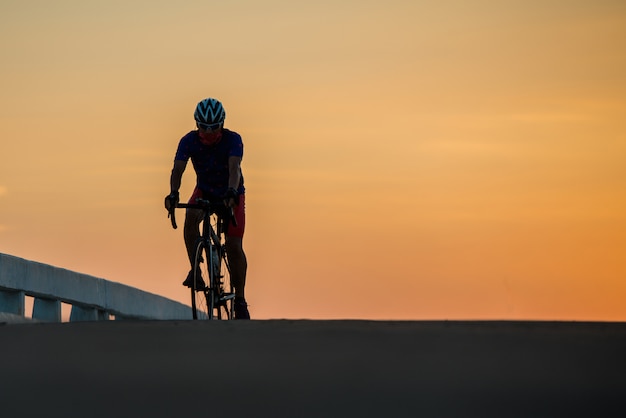
Fitness

Fitness
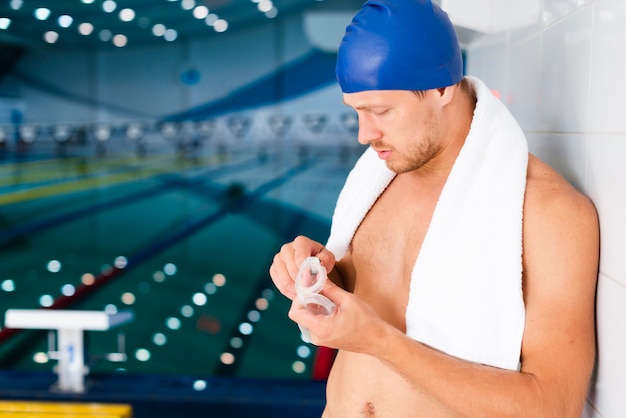
Fitness
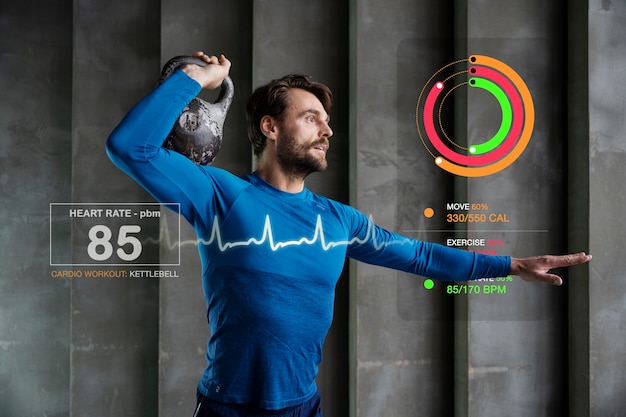
Fitness
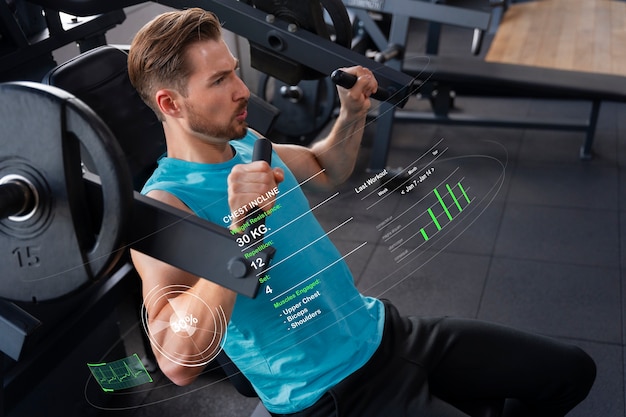
Fitness

Health

Fitness

Health

Health